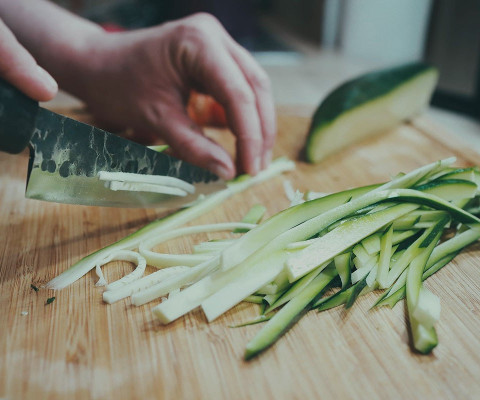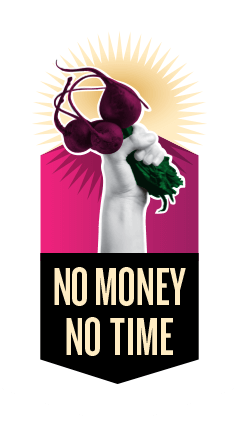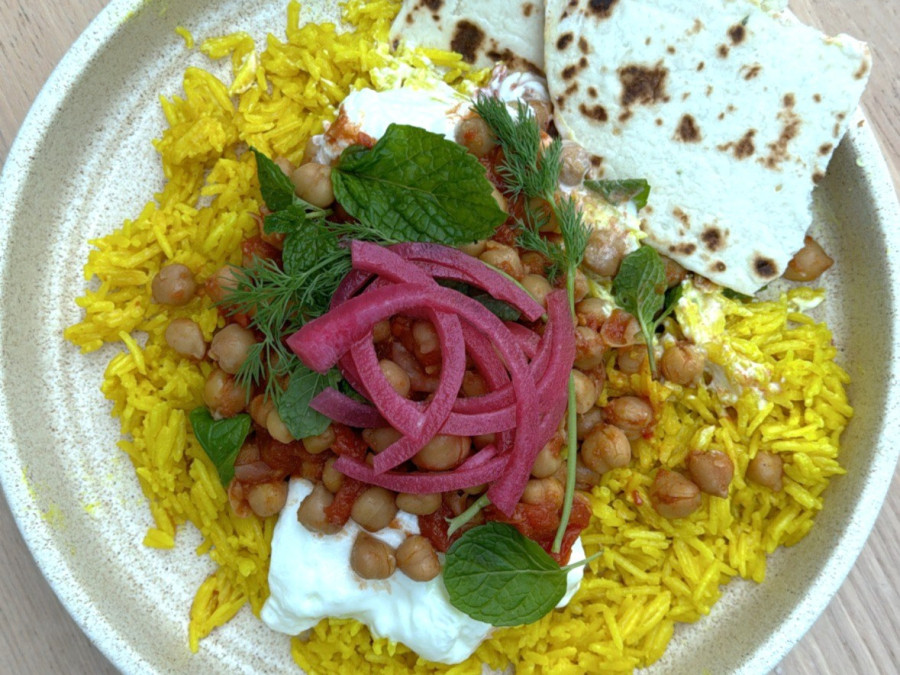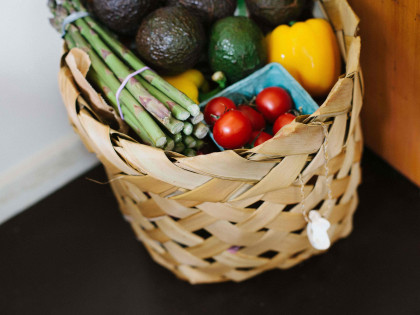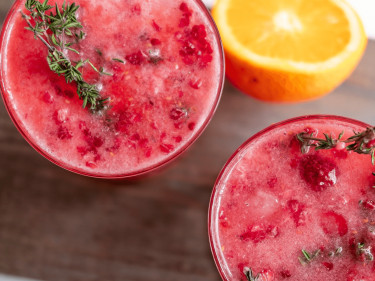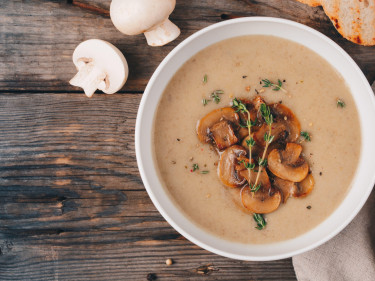Serves = 4
2x 400g cans chickpeas, drained and rinsed
1 tablespoon olive oil
1 teaspoon cumin
1 teaspoon garam masala
1 teaspoon smoked paprika
1x 400g can of crushed tomatoes
1 teaspoon turmeric
1 cup basmati rice
1 cup light coconut milk
1 cup water
1 cup Greek yoghurt
1 clove garlic, crushed
Juice of half a lemon
